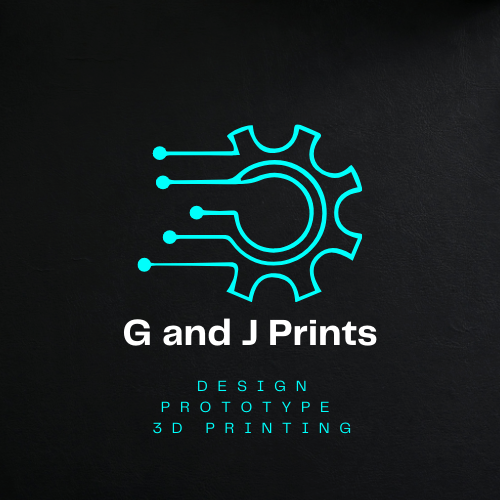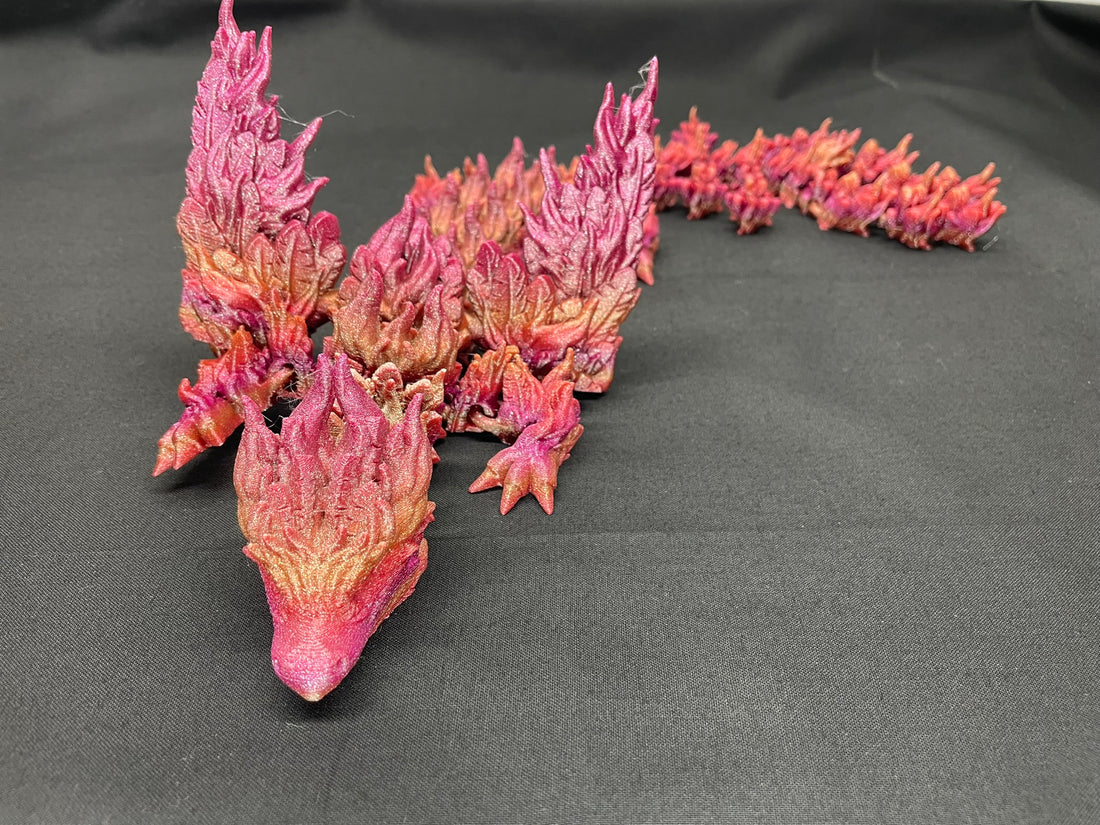When it comes to 3D printing, there are a variety of materials to choose from. One material that has gained popularity in recent years is Silk PLA. But what exactly is Silk PLA and what are the printing options available? In this blog post, we will explore the world of Silk PLA printing and discuss its benefits, applications, and tips for successful printing.
What is Silk PLA?
Silk PLA is a type of filament made from a blend of PLA (Polylactic Acid) and other additives that give it a unique silk-like appearance. It has a glossy finish and a smooth texture, making it ideal for printing objects that require a touch of elegance.
Benefits of Silk PLA
There are several benefits to using Silk PLA for your 3D printing projects. Firstly, its silk-like appearance adds a touch of sophistication to your prints, making them stand out from the crowd. Additionally, Silk PLA is easy to print with and has good layer adhesion, resulting in high-quality prints. It is also biodegradable and environmentally friendly, making it a sustainable choice for eco-conscious makers.
Printing Options
When it comes to printing with Silk PLA, there are a few options to consider. Firstly, you need to choose the right temperature for your printer. Silk PLA typically has a higher printing temperature compared to regular PLA, usually ranging from 200 to 220 degrees Celsius. It is important to check the manufacturer's guidelines for the specific filament you are using.
Another important consideration is the print speed. Silk PLA tends to flow more easily compared to regular PLA, so it is recommended to decrease the print speed slightly to achieve better print quality. Experimenting with different speeds can help you find the optimal settings for your specific printer and filament.
Applications of Silk PLA
Silk PLA is a versatile material that can be used for a wide range of applications. Its glossy finish and smooth texture make it ideal for printing decorative objects such as vases, jewelry, and figurines. It can also be used for functional prints like phone cases, handles, and knobs, adding a touch of elegance to everyday objects.

